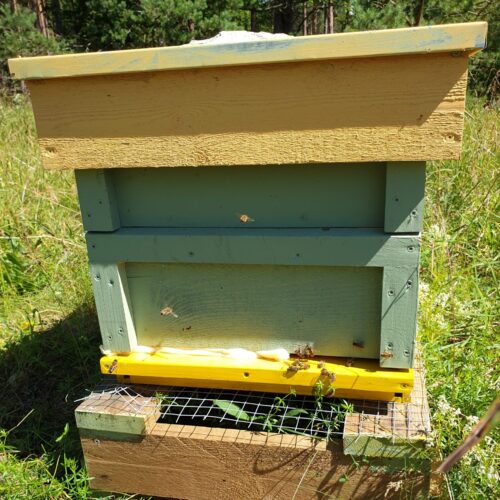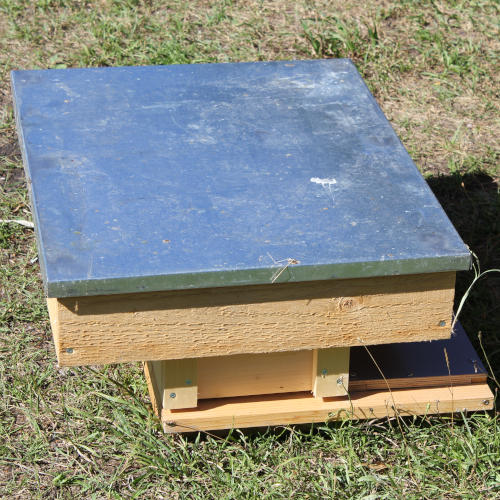Overwintered bee colonies are an excellent investment for enjoying slow moments in beekeeping during the summer, positive emotions, physical activity outdoors, and the joy of the honey harvest at the end of the season.
Overwintered bee colony
Price range: 290,00 € through 398,00 €
Only 2 left in stock
Description
Overwintered bee colonies that have successfully survived the winter are strong 20-frame bee colonies of the Ferrari type, capable of collecting the maximum amount of nectar in the new season. The colony includes:
- Last year’s Buckfast queen bee, who is young enough for the vigorous development of the colony and has a lower swarming instinct;
- Bees covering at least half of the frames;
- Brood combs with both capped and uncapped brood extending over at least six frames;
- Feed combs with enough food and bee bread for the development of the bee colony in spring.
The bee colony underwent thorough varroosis treatment last autumn, and the varroa mite level is regularly monitored. As a member of the Professional Beekeepers Association, we ensure that the sale of bee colonies follows the good practice of buying and selling bee colonies, available at https://mesinikud.ee/artiklid/2019-Mesilasperede-ostu-m%C3%BC%C3%BCgi-juhis_EKM%C3%9C.pdf
The price of the colony includes at a minimum just the bee colony on frames, meaning that the buyer must have their own hive equipment/transport box. Another option is to purchase the bee colony with two hive bodies, a bottom board, and a roof. The hive bodies are made of solid wood with a strong and easily manageable structure, the bottom board is a tunnel type, and the roof is insulated metal. It is also possible to purchase the bee colony along with all the annual inventory needs – seven hive bodies, a bottom board, and a roof.
The best time to buy and sell spring overwintered bee colonies is from April until the beginning of dandelion flowering, which, depending on the year, is usually in the first or second week of May.



